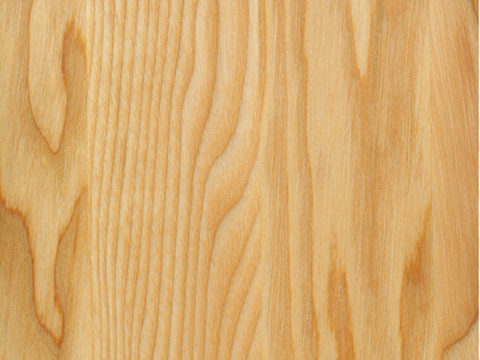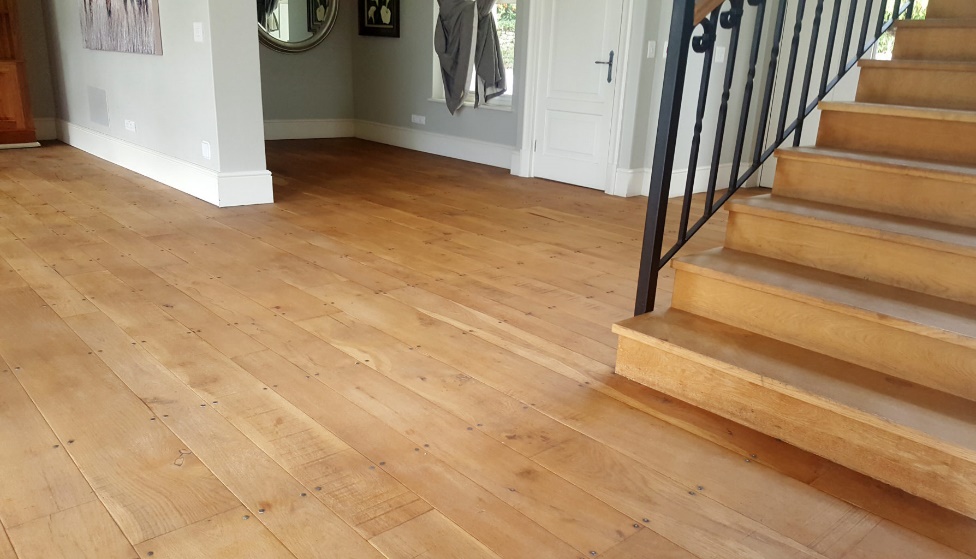REAL YELLOWWOOD | Geelhout | Podocarpus Latifolius
The Tree
The Yellowwood is a medium tall tree, reaching a height of 30 m under favourable conditions. Occurs at all forest types in the Southern Cape and is often abundant at moist and medium moist sites. The tree trunks are straight and the boles are often fluted when the tree is old. The bark is grey to yellowish-brown, often fissured and peeling in narrow vertical strips when the tree is mature.
Yellowwood is protected and is South Africa’s national tree.
South Africa’s national tree, reaching heights of 30m
The wood is pale yellow, straight-grained, fine and even textured
Suitable for furniture, cabinetry, domestic flooring, joinery, interior trimming and turning
The Wood
The wood is slightly darker than that of Outeniqua Yellowwood, but the difference is difficult to see, even by experts.
The wood is pale yellow, straight-grained, fine and even textured. Also soft and light to moderately heavy, slightly superior to that of Outeniqua Yellowwood. Both the heartwood and sapwood are yellow to straw-coloured, darkening to ochre with exposure. Wood from crotches of trees often has attractive figuring.

Workability
Medium bending and crushing strength, very low stiffness and low resistance to shock loads. Works easily with hand and machine tools, planes and finishes well, with little effect on cutting edges. The surface will take polish and paint well.

Uses
These trees were once used for the masts of ships, since they grow very upright. The wood is slightly heavier than Outeniqua yellowwood and suitable for furniture, cabinetry, domestic flooring, joinery, interior trimming and turning. In the past, it was used for light construction, railway sleepers and boat building. It was popular for flooring and furniture in the early Cape homesteads. This wood has been used more than any other indigenous timber for furniture-making, often along with darker woods such as Stinkwood and Blackwood. It was formerly the most extensively utilised species; especially for beams and floors in house building, for railway sleepers and furniture.
